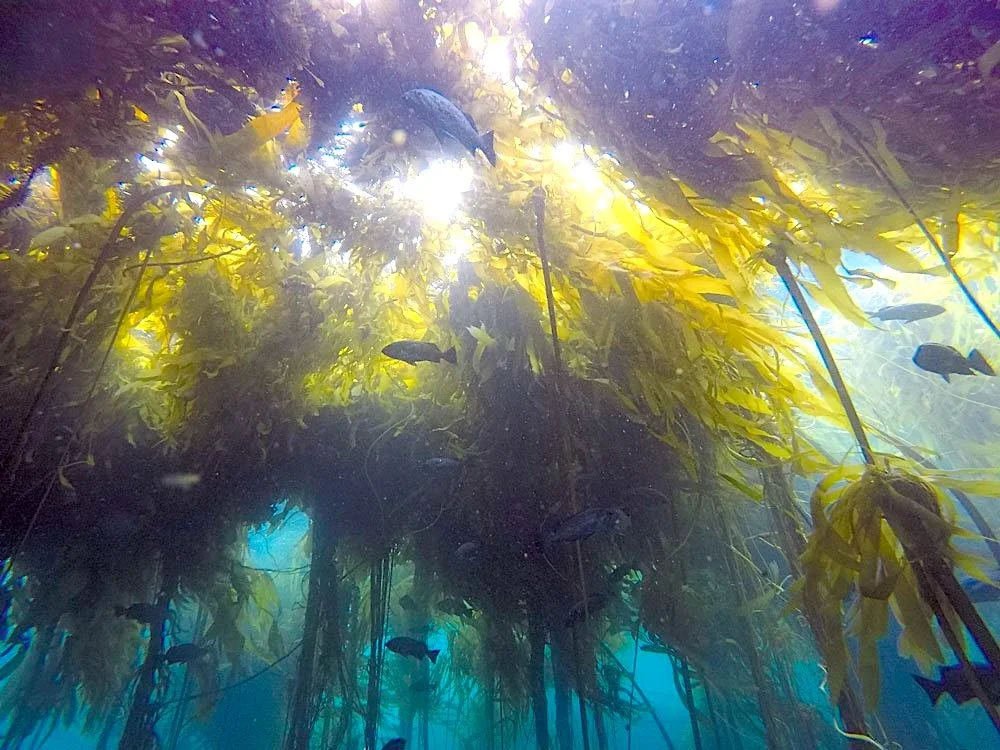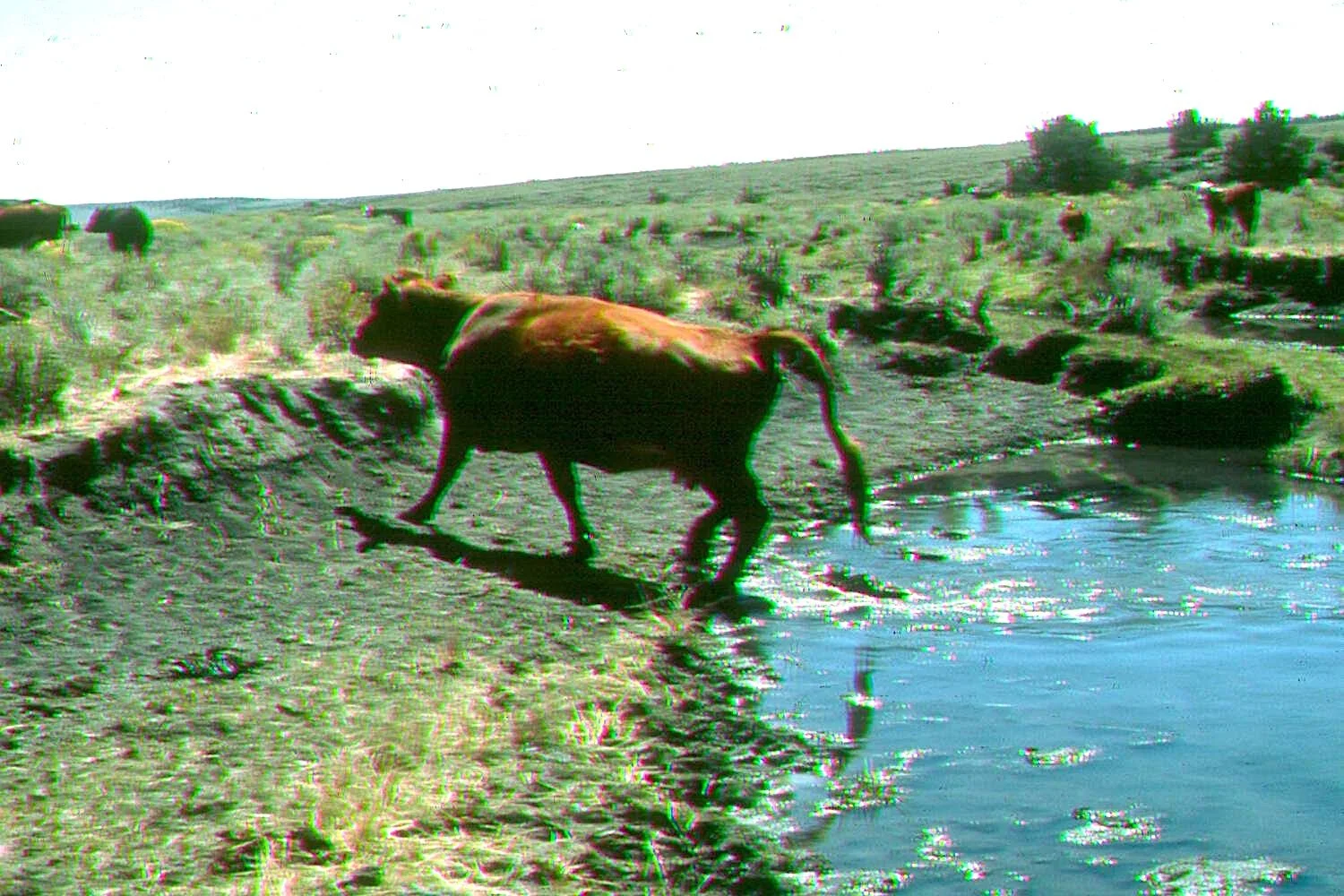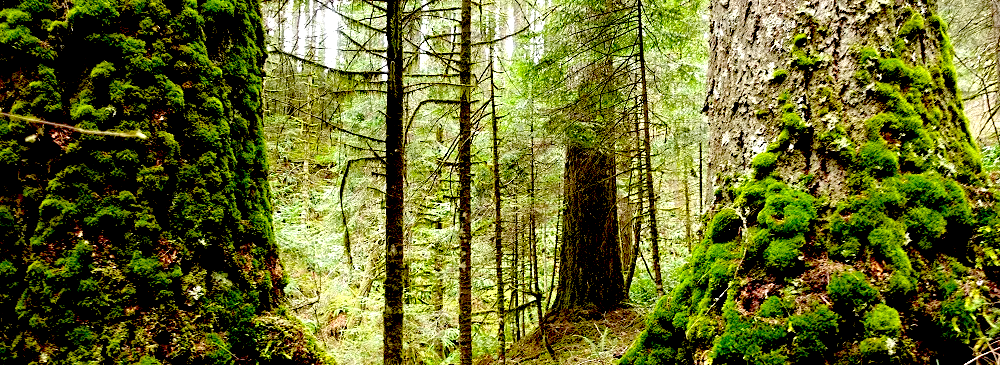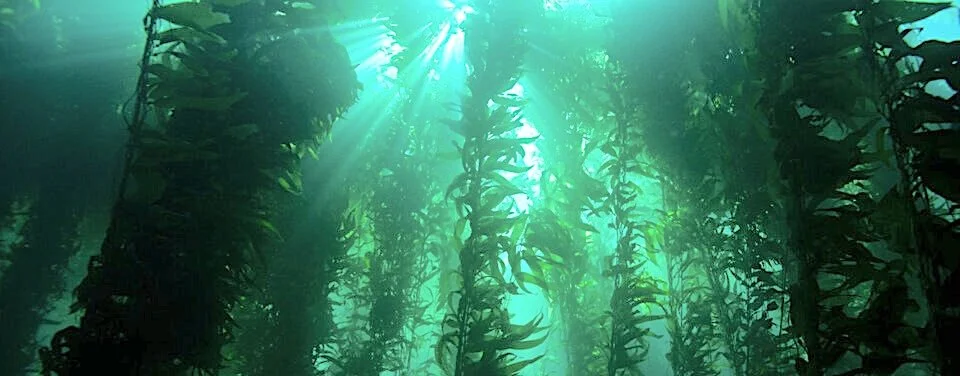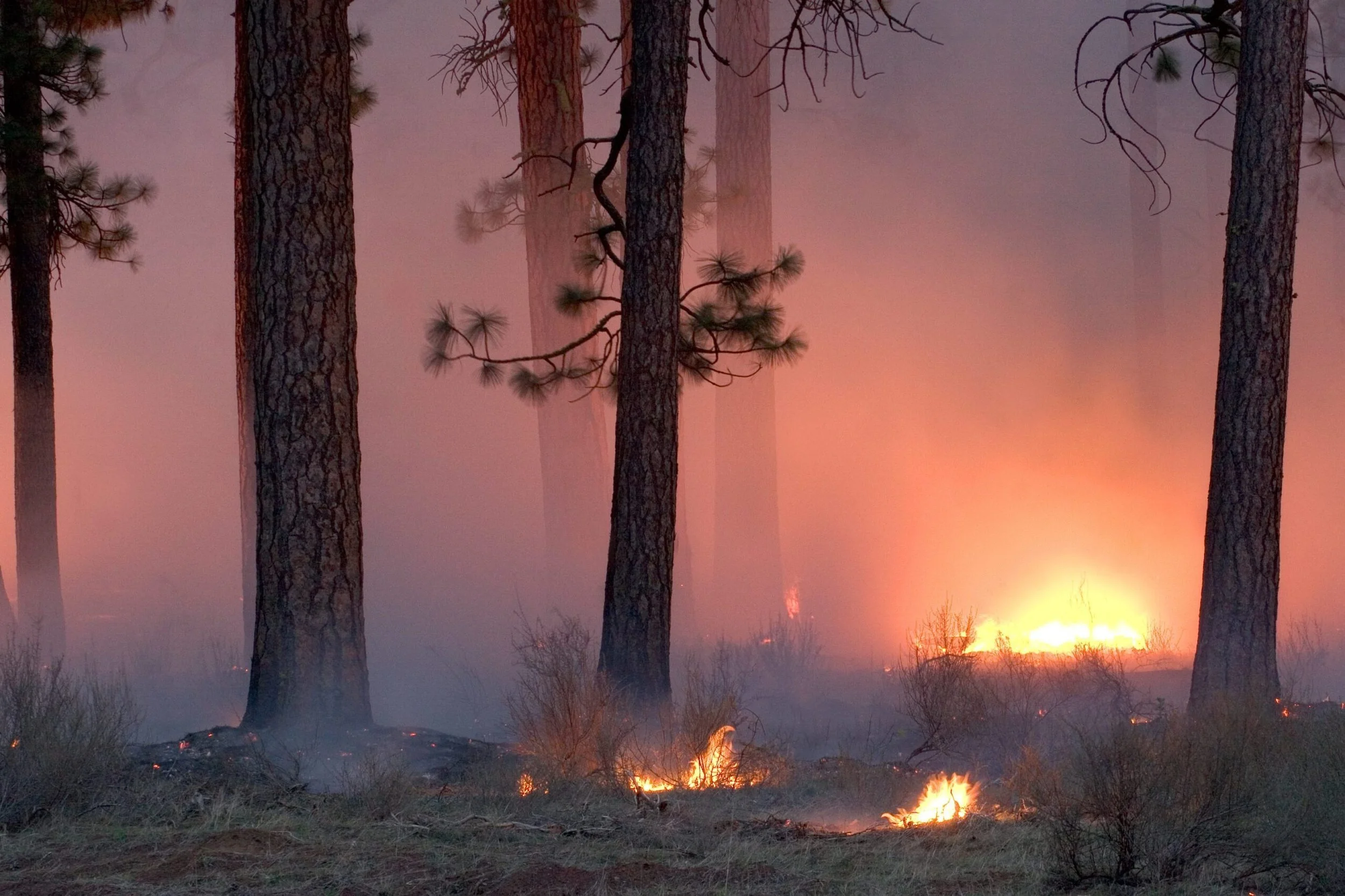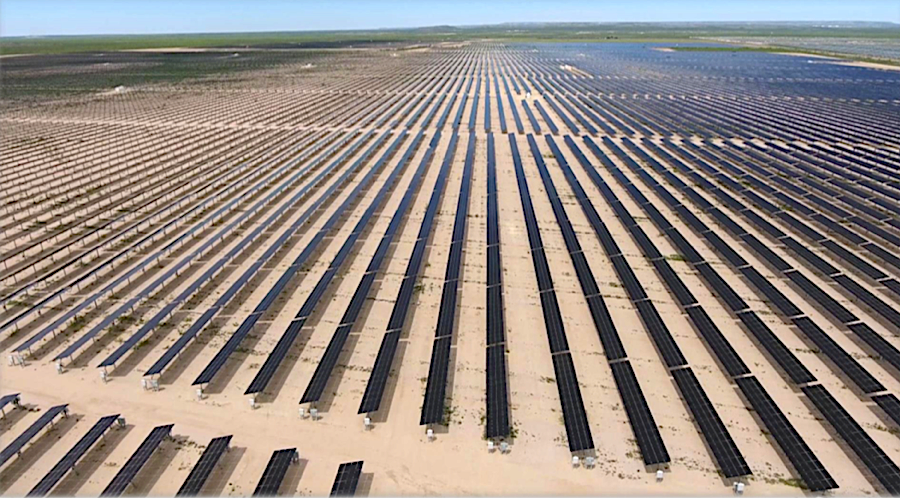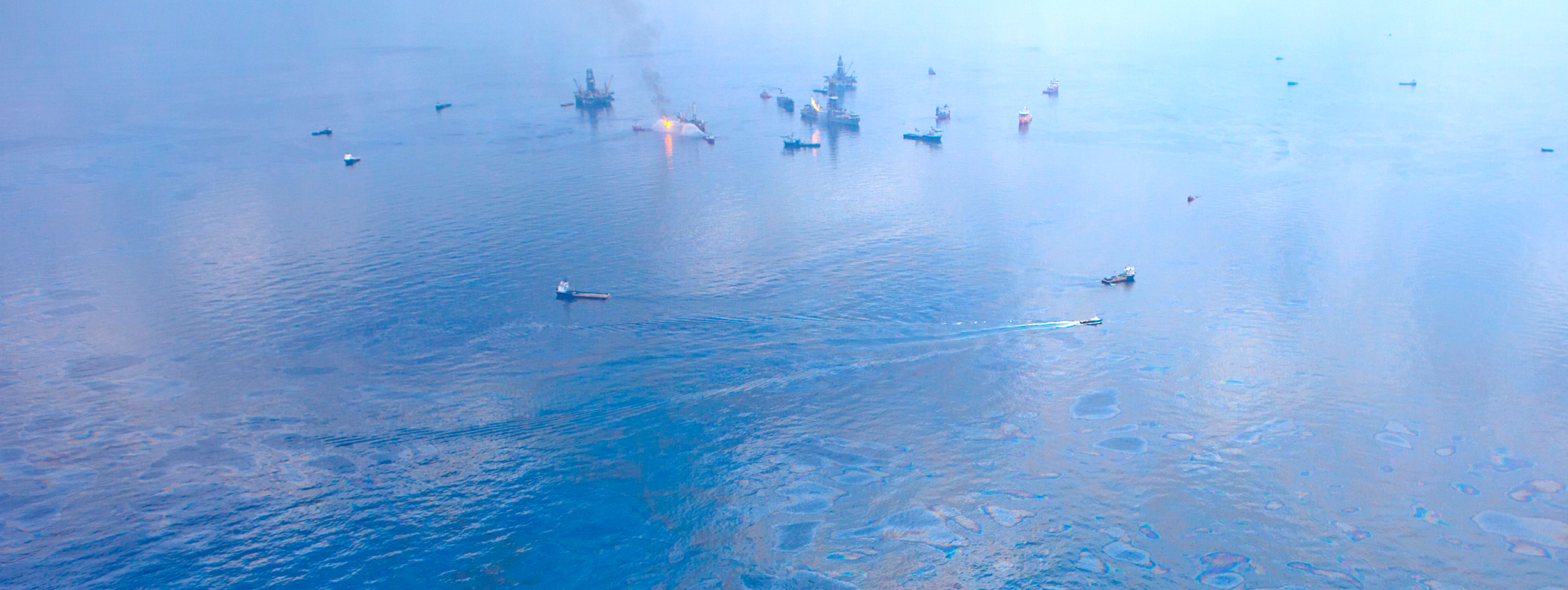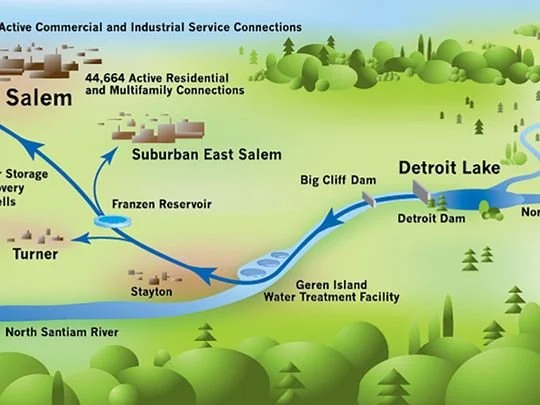Sort By Category
- 30x30
- Administration
- Antiquities Act
- Book Reviews
- Bureau of Land Management
- Climate Change
- Climate change
- Coasts
- Congress
- Counties & Federal Lands
- Courts
- Courts & Litigation
- Department of Agriculture
- Department of Interior
- Deserts
- Ecological Reserves
- Ecosystems
- Elections
- Endangered Species
- Energy
- Estuaries
- Federal Lands
- Fish
- Fish and Wildlife Service
- Forest
- Forest Fires
- Forest Service
- Forestry
- Forests
- Grasslands
- Land & Water Cons. Fund
- Land & Water Conservation Fund
- Legislation
- Litigation
- Livestock Grazing
- Marine Protected Areas
- Marine Sanctuaries
- Mature & Old-Growth Forests
- Mature and Old-Growth Foresrts
- Mining
- Nat'l Conservation Lands
- National Forest System
- National Marine Sanctuaries
- National Monuments
- National Monuments Act
- National Park Service
- National Park System
- National Parks
- National Recreation Area
- National Scenic Area
Sort By Tag
- 1002 area
- 30x30
- 5th Amendment
- ANWR
- Acadia National Park
- Adam Smith
- Administrative Procedure Act
- Advancing Conservation and Education Act
- Alan Bates
- Alan Deboer
- Alaska
- Alaska National Interest Lands Act
- Alaska Native Claims Settlement Act
- Aldo Leopold
- American Forest Resource Council
- American Prairie Reserve
- American Tree Farm System
- American beef supply
- American black duck
- American woodcock
- Ammon Bundy
- Ancient Forest National Park
- Anders Eskil Carlson
- Andrea Salinas
- Andrew N. Gray
- Andy Kerr
- Animal unit month
- Ansel Adams
- Antiquities Act
- Applegate Primitive Backcountry Area
- Aqua Fria National Monument
- Aquatic Conservation Strategy
- Aquatic Conservation and Riparian Strategy
- Arches National Monument
- Arches National Park
- Arctic National Wildlife Refuge
- Areas of Critical Environmental Concern
- Army Corps of Engineers
- Association of O&C Counties
- Astoria Canyon
- Astoria Fan
- Atlantic Coast
- Augusta Canal NHA
- Avarna Group
- Avi Kaw Ame
- BLM Conservation Rule
- BLM Zone 3 Lands
- BOEM Oregon Planning Area
- Baboquivari Peak Wilderness
- Baker County
Oregon’s Most Endangered Forests
Kelp forests are extraordinarily important concentrations of biodiversity and are extremely threatened, along the Oregon coast and around the world.
Wyden’s Unilateral Public Lands Livestock Grazing Giveaway
Senator Wyden is cosponsoring legislation that would give blank checks and get-out-of-jail-free cards to all BLM grazing permittees and lessees.
Protecting Drinking Water Sources, Part 1: Water Quantity, Quality, and Timely Release
This is the first installment of a two-part exploration of the impact of logging on watersheds that supply public water. Part 1 examines the benefits of older forests in providing and protecting water quantity, water quality, and timely release of water. Part 2 offers suggestions to protect watersheds that supply public water in order to improve quantity, quality, and timely release of water while also attaining coincidental conservation benefits for this and future generations.
Forest Service Proposes Rulemaking: An Opportunity to Conserve and Restore Mature and Old-Growth Forests
The Forest Service has announced it is going to be proposing new regulations to address the “climate resilience” of the National Forest System. We can hope these will include the conservation and restoration of mature and old-growth forests and trees.
How Much Mature and Old-Growth Forest Does the US Have Left?
Supreme Court Justice Potter Stewart said it of pornography, but he could have applied the thought to old-growth forests as well: “I shall not today attempt further to define the kinds of material I understand to be embraced . . . but I know it when I see it.”
Offshore Oregon Could Be Despoiled by Wind Power Turbines
We don’t have to despoil the environment and view off the shore of Oregon to produce carbon-free electricity.
Oregon’s Glaciers: Going but Not Forgotten
Glaciers are history, in Oregon and everywhere. Due to climate change, the American West is dramatically warming. Glaciers are dying and snowpacks are declining as well. Ironically, this rapid melting is artificially keeping stream flows up in basins served by glaciers.
Biden’s Executive Order on Forests, Part 1: A Great Opportunity
This is the first of two Public Lands Blog posts on the president’s executive order (EO) on forests, which, among other things, unambiguously directs the federal forest agencies to conserve the remaining mature and old-growth forests. Part 1 dissects the order. Part 2 will place it in the current political context and make recommendations to various key interests on how best to ensure that the potential of the EO is fulfilled.
Oregon’s Blue Carbon, Part 2: Coastal Wetland Loss and Restoration
This is the second of three Public Lands Blog posts that focus on Oregon’s coast. Part 1 looked at Oregon’s (and the nation’s) “blue carbon” and a congressional effort to conserve and restore it. Part 2 examines coastal wetland loss, conservation, and restoration. Part 3 will describe a now very rare type of coastal wetland: the tidal swamp or tidal forested wetland.
Oregon’s Blue Carbon, Part 1: Rep. Bonamici on the Case
This is the first of three Public Lands Blog posts that focus on Oregon’s coast. Part 1 looks at Oregon’s (and the nation’s) “blue carbon” and a congressional effort to conserve and restore it. Part 2 will examine coastal wetland loss, conservation, and restoration. Part 3 will describe a now very rare type of coastal wetland: the tidal swamp or tidal forested wetland.
30x30: Biden’s Bait and Switch
A preliminary report to the National Climate Task Force recommending a ten-year, locally led campaign to conserve and restore the lands and waters upon which we all depend, and that bind us together as Americans.
46, the 117th, and the New Math: 50 + 1 > 50
Upon the election last November of Joseph Robinette Biden, Jr., as the 46th president of the United States, I felt an overwhelming sense of relief for the environment, the body politic, and the republic. Goodbye, Senate Majority Leader Mitch McConnell (R-KY)
Smoke Gets in Your Eyes
Now I’ve come to realize that the climate catastrophe will not go easy on Oregon. The atmosphere’s revenge will not come mostly in the form of unprecedented floods, torrents, droughts, heat waves, and/or cold snaps. It will come in the form of seasonally debilitating horrible air quality caused by increased combustion of vegetation due to warming temperatures.
Smoke Happens
As public forestlands in the West cover more area than private timberlands, most of the smoke that plagued the Rogue Valley this summer came from public lands on fire. This might lead one to think that more logging on federal public lands would help, but one would be wrong.
How US Public Lands Can Help Save the Climate and Ourselves
Climate change is an existential threat to the human species. The rapid decarbonization of the economy of the United States and of the world is our only chance of maintaining the climate that we generally know and love.
New US Outer Continental Shelf Oil and Gas Exploitation: Costly and Short Lived (Part 2)
This is the second part of a two-part series on the threat of new oil and gas exploitation off the coasts of the United States. The first part outlined the Trump administration’s draft proposal and answered five key questions about what the impacts of the proposed development might be.
New US Outer Continental Shelf Oil and Gas Exploitation: Costly and Short Lived (Part 1)
This is the first part of a two-part series on the threat of new oil and gas exploitation off the coasts of the United States. This first part outlines the Trump administration’s draft proposal and answers five key questions about what the impacts of the proposed development might be.
Lessons from Salem: Protecting Local Drinking Water Supplies
As of the end of June this year, four health advisory alerts had been issued this summer for Detroit “Lake” (it is actually an impounded river more accurately called a reservoir) on the North Santiam River.
Leave It to Beavers: Good for the Climate, Ecosystems, Watersheds, Ratepayers, and Taxpayers (Part 2)
This is the second part of a two-part series. Part 2 examines the economics of using beavers to both mitigate and adapt to climate change.
Leave It to Beavers: Good for the Climate, Ecosystems, Watersheds, Ratepayers, and Taxpayers (Part 1)
This is the first part of a two-part series. Part 1 examines the ecosystem and watershed benefits of beavers. Part 2 will examine the economics of using beavers to both mitigate and adapt to climate change.
